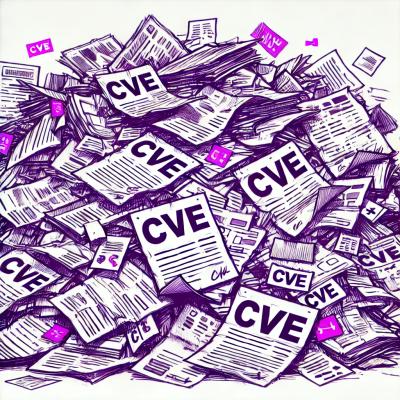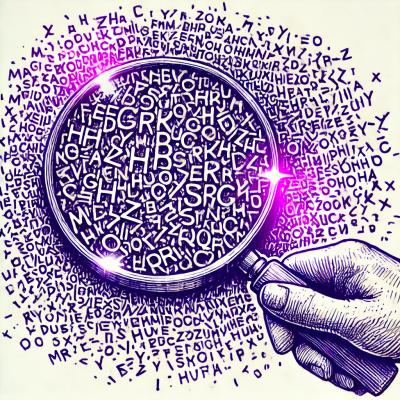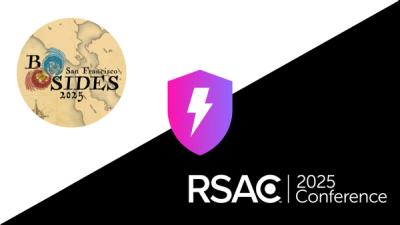
Security News
NVD Concedes Inability to Keep Pace with Surging CVE Disclosures in 2025
Security experts warn that recent classification changes obscure the true scope of the NVD backlog as CVE volume hits all-time highs.
Seismic-Canvas is an interactive 3D visualization tool mainly designed for seismic data, at the same time also can be useful for any 3D data. This tool is based on VisPy, a Python library that leverages the computational power of GPUs through the OpenGL library.
Simply run the following command to install from PyPI:
pip install seismic_canvas
Add any number of slices to view the slices of your volume using seismic_canvas.volume_slices function. For example:
visual_nodes = volume_slices(volume,
x_pos=[370, 170, 570, 770], y_pos=810, z_pos=120, clim=(-2, 2))

Left click and drag to rotate the camera angle; right click and drag, or scroll mouse wheel, to zoom in and out. Hold Shift key, left click and drag to pan move. Press Space key to return to the initial view. Press S key to save a screenshot PNG file at any time. Press Esc key to close the window.

Most elements are draggable. Hold Ctrl key, the selectable visual nodes will be highlighted when your mouse hovers over them; left click and drag to move the highlighted visual node. The volume slices will update their contents in real-time during dragging. You can also press D key to toggle the dragging mode on/off.

Compatible to numpy memory map. For example, reading in a binary data file contatining a 3D seismic volume with size 210x920x825 (608MB), Seismic-Canvas takes ~700MB RAM (Windows PyQt5 backend).
volume = np.fromfile('./CostaRica_seismic.dat', '>f4').reshape(825, 920, 210)
Instead, reading in the same file using numpy memory map, Seismic-Canvas takes only ~82MB RAM (Windows PyQt5 backend), and significantly reduces the launch time.
volume = np.memmap('./CostaRica_seismic.dat', dtype='>f4',
mode='r', shape=(825, 920, 210))
When you drag and arrange everything on the canvas, press A key to print out a collection of useful parameters that can be used to reproduce the current canvas setting.

Seismic-Canvas depends on numpy and vispy Python libraries. The vispy library also depends on one of these backends to display a window on your OS: PyQt4/PySide, PyQt5/PySide2, glfw, pyglet, SDL, or wx. We recommend PyQt5 as it is the easiest to install and most compatible on different platforms.
It is also recommended to install PyOpenGL and matplotlib; they are optinal libraries that can enhance the visualization in various ways. For example, PyOpenGL allows for nice antialiased 3D line objects, and matplotlib helps render a much more useful colorbar than the vispy stock colorbar object.
See simple_demo.py for a simple demo. vispy/util/fetching.py will automatically download this example data.

Also try osv_F3_demo.py to check out the results from this research: xinwucwp/osv. You can download all the binary data volumes from this Google Drive link.



Using 2D markers to visualize a randomly generated well logs.

Using triangle mesh surfaces to visualize FaultSkins.

A dark themed example with a z-axis-up axis legend:

FAQs
An interactive 3D visualization tool mainly designed for seismic data
We found that seismic-canvas demonstrated a healthy version release cadence and project activity because the last version was released less than a year ago. It has 1 open source maintainer collaborating on the project.
Did you know?

Socket for GitHub automatically highlights issues in each pull request and monitors the health of all your open source dependencies. Discover the contents of your packages and block harmful activity before you install or update your dependencies.

Security News
Security experts warn that recent classification changes obscure the true scope of the NVD backlog as CVE volume hits all-time highs.

Security Fundamentals
Attackers use obfuscation to hide malware in open source packages. Learn how to spot these techniques across npm, PyPI, Maven, and more.

Security News
Join Socket for exclusive networking events, rooftop gatherings, and one-on-one meetings during BSidesSF and RSA 2025 in San Francisco.